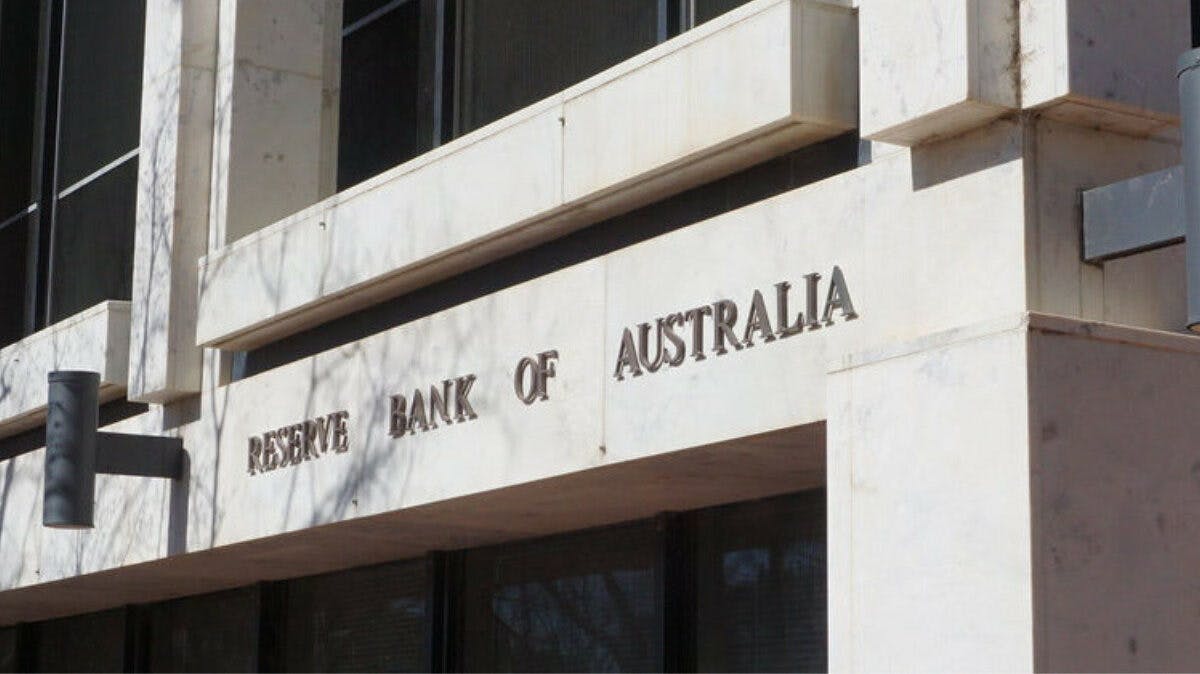Australian homeowners are facing further financial burden as the Reserve Bank of Australia (RBA) board members have decided to increase the official cash rate (OCR) by 25 basis points, bringing it from 3.10 per cent to 3.35 per cent.
This move was largely expected by economists and followed the central bank’s efforts to control inflation and stabilise the economy.
The hike in interest rates can impact the cost of borrowing for individuals and businesses, leading to increased financial pressure for some. Earlier, the bank raised the official cash rate by 0.25 percentage points following its monthly meeting in December, bringing it to 3.1 per cent.
This latest hike in interest rates marks the ninth time it has occurred since May of last year, causing difficulty for many homeowners who are trying to keep up with their mortgage payments. The hike in interest rates results in a higher borrowing cost and increases monthly mortgage payments, adding strain on household finances.
RBA hinted that additional interest rate increases would be necessary for the upcoming months to bring inflation back to its target and to ensure that the current period of high inflation is only temporary.
“The Board’s priority is to return inflation to target. High inflation makes life difficult for people and damages the functioning of the economy. And if high inflation were to become entrenched in people’s expectations, it would be very costly to reduce later,” Philip Lowe, Governor, said.
“The Board is seeking to return inflation to the 2–3 per cent range while keeping the economy on an even keel, but the path to achieving a soft landing remains narrow.”
SMEs feeling the pinch
According to Anneke Thompson, Chief Economist at CreditorWatch, the Reserve Bank of Australia has continued its tightening monetary policy by raising the cash rate. This latest hike adds to the eight others that have already taken place in 2022, totalling a 3 per cent increase.
“Despite some consumers reducing their spending and businesses having a less positive outlook for the future compared to 2022, the RBA wants to see more sustained evidence of a slowing economy before deciding on any additional cash rate increases.
“What the RBA does next will depend heavily on January’s retail trade result. The December result showed a marked slowdown in consumer spending in all categories and states, with sales falling 3.9 per cent monthly.
“A fall in total sales was to be expected given that Black Saturday sales now make November the peak sales month. Therefore, January sales will be closely watched. Inflation also appears to be moderating, and we should see further drops in the price growth rate as data is now being measured off 2022 figures when price rises had already kicked in.
‘Business optimism is now dropping’
Ms Thompson also highlights that business confidence and conditions will play a significant role in the Reserve Bank of Australia board’s decision-making process.
“Here, NAB’s keenly observed monthly survey shows that business optimism is now dropping after six months of plummeting consumer confidence. Business conditions fell by eight points in December, the third successive month of falls.
“Business confidence did improve slightly, but there is still a wide gap between conditions and confidence. Capacity utilization is also falling. This is a very good lead indicator of employment conditions and gives us further evidence that the unemployment rate will probably rise throughout 2023, albeit moderately.
CreditorWatch’s data indicates that business conditions going into the Christmas period were not following the same patterns as pre-COVID times.
“Usually, we would see a run-up in average trade receivables per data supplier before conditions moderated over the summer holiday period.
“This time, we recorded falls in average trade receivables in October and only a slight increase in November. This indicates that the peak of business activity may have already passed around the third quarter of 2022.
“Overall, it appears the RBA’s efforts to slow the economy and cool inflation are working. How quickly and deeply this ‘cooling’ is felt by businesses will be key to determining what happens next to the cash rate.”
High inflation reaches record levels
In Australia, the Consumer Price Index (CPI) inflation in the December quarter was 7.8 per cent, the highest since 1990, with underlying inflation at 6.9 per cent, higher than expected. Both global factors and strong domestic demand drove the high inflation.
However, inflation is expected to decrease in the coming year due to slowing growth in domestic demand and global factors. The central forecast predicts that CPI inflation will fall to 4.75 per cent this year and around 3 per cent by mid-2025. It is crucial that medium-term inflation expectations remain stable.
The Australian economy had strong growth in 2022, with a central forecast for GDP growth of around 1.5 per cent in 2023 and 2024, which is mostly the same as the previous forecast. The increase in spending on services after lifting COVID restrictions has mostly subsided, and tighter financial conditions will further limit spending in the economy.
Official statement here.
Keep up to date with our stories on LinkedIn, Twitter, Facebook and Instagram.

